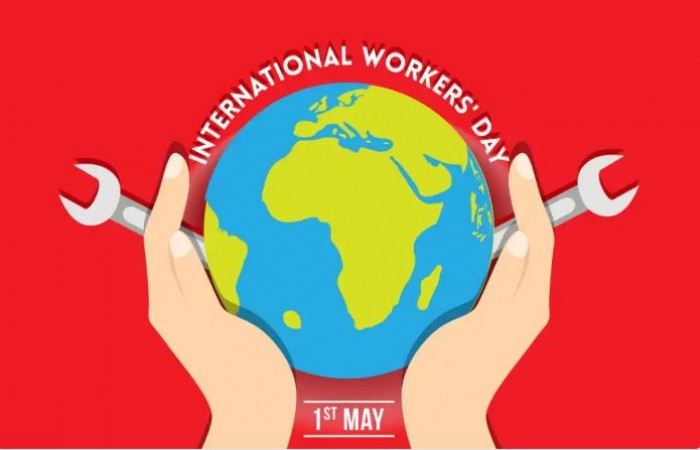
May First or ‘May Day’ is celebrated as ‘International Labour Day’ in many countries in order to recognize the efforts of millions of labours and helpers in the world. It is also termed ‘Workers' Day’ or ‘The International Workers day'.
This day is a unique occasion when the people of the world commemorate the true essence of the working class. On this day, workers gather and showcase their strength that signifies how competently they can struggle to bring in positive developments for the working of the society. In this perspective, on this day we thank all the labours around the world for their strength and efforts.
After being declared the "Workers Day of International Unity and Solidarity" by the first international congress of socialist parties in Europe on July 14, 1889 in Paris, France, the first May Day celebrations honouring workers took place on May 1st, 1890.
The date was chosen due to events on the other side of the Atlantic. The eight-hour workday was a demand made in 1884 by the American Federation of Organised Trades and Labour Unions, which was to take effect on May 1st, 1886. This led to the general strike and the Haymarket Riot of 1886 in Chicago, but it also eventually led to the eight-hour workday being formally recognised.
In many regions of Europe, May 1st was also observed as a pagan holiday. Its origins as a holiday date back to the Gaelic Beltane. When the start of summer was celebrated, it was regarded as the final day of winter.
May 1st was regarded in Roman times as a significant day to celebrate fertility and the start of spring. Between April 28 and May 3, the Romans celebrated Flora, the goddess of flowers and the coming of spring.
Morris dance, crowning a May Queen, and dancing around a maypole are all traditional English May Day rituals and festivities that helped make it a well-liked seasonal event in mediaeval England.